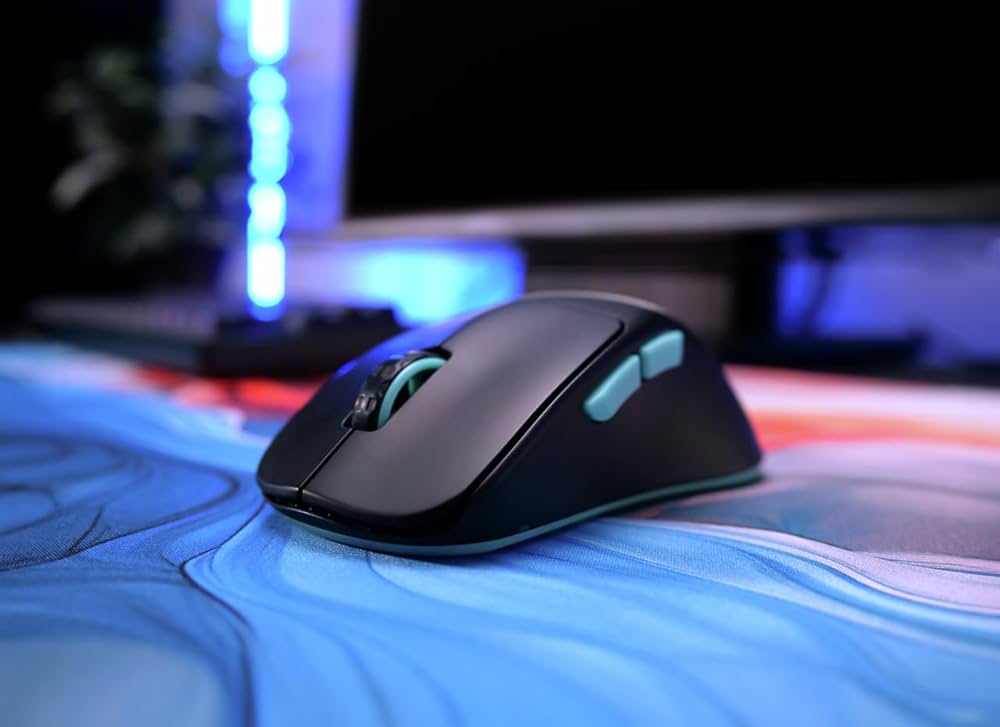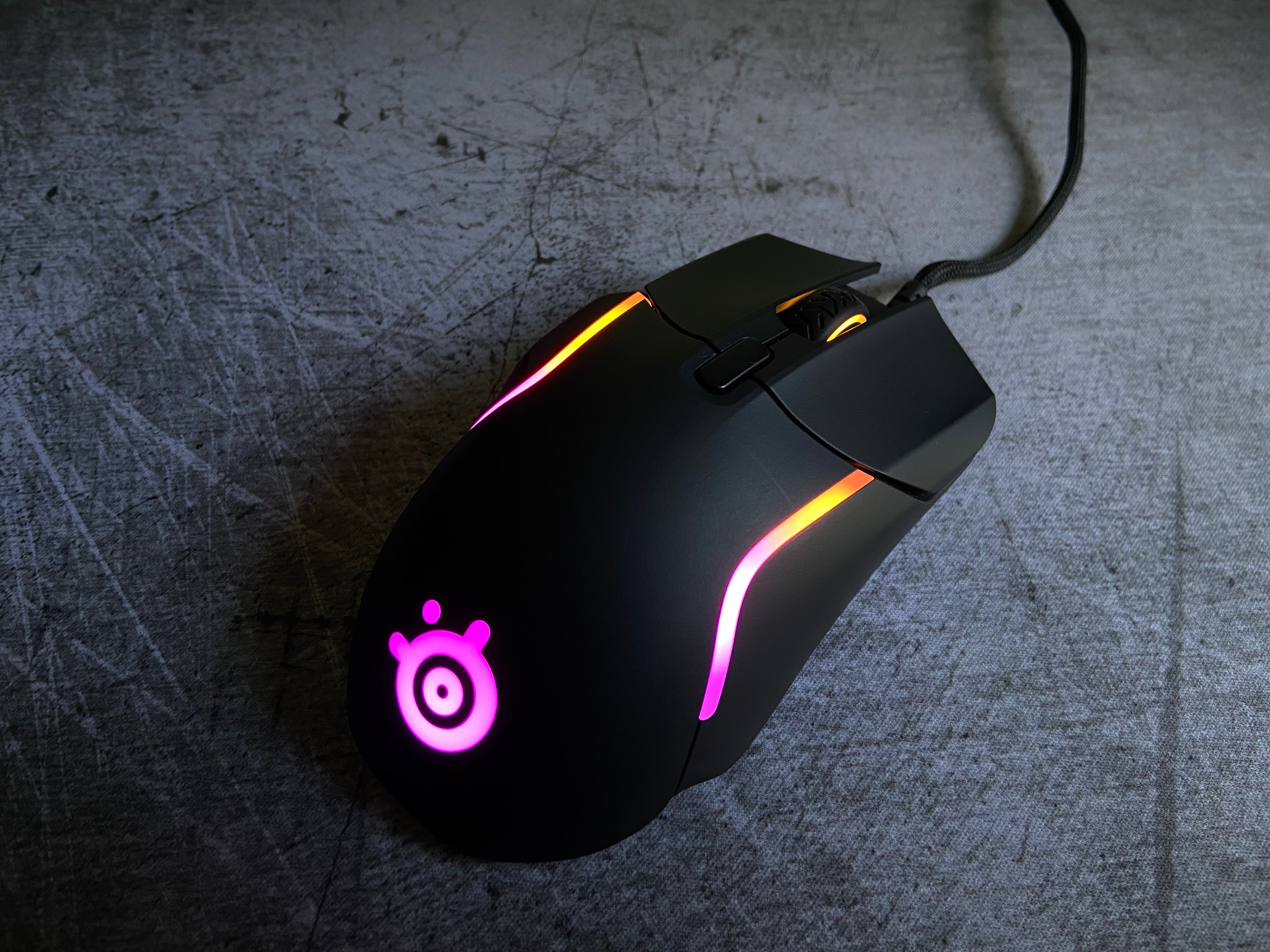Mastering Mouse Sensitivity: Advanced Techniques for Competitive Play

Elevating Your Aim Game
In competitive FPS gaming, mouse sensitivity isn’t just a setting—it’s a tool to unlock your full potential. While finding a baseline sensitivity is crucial, mastering advanced techniques can give you the edge in high-stakes matches. This guide dives into pro-level strategies, sensitivity optimization, and how to adapt your settings for peak performance.
Whether you’re grinding ranked matches or aiming for the top of the leaderboards, these techniques will help refine your aim and consistency across any title.
Beyond the Basics: Sensitivity as a Skill
Most players stop at finding a comfortable cm/360, but sensitivity mastery goes deeper. It’s about fine-tuning your setup to match your reflexes, adapting to in-game scenarios, and building a system that scales with your skill level.
Key concepts to understand:
- Dynamic Sensitivity: Adjusting your approach for different situations (e.g., sniping vs. close-quarters combat).
- Muscle Memory Layers: Training your brain to handle multiple sensitivity contexts.
- Hardware Synergy: Pairing your sensitivity with your mouse, mousepad, and desk space.
Advanced Sensitivity Techniques
1. Sensitivity Bracketing
Instead of settling on one static sensitivity, pros often “bracket” their settings:
- Identify your ideal cm/360 (e.g., 35cm/360).
- Test a slightly higher (e.g., 30cm/360) and lower (e.g., 40cm/360) sensitivity.
- Practice with all three in aim trainers or deathmatches.
- Use the higher sensitivity for fast-paced scenarios and the lower one for precision tasks.
This builds adaptability, letting you switch styles without losing muscle memory.
2. The Micro-Adjustment Drill
Precision is king in games like Valorant or CS2. Here’s how to train it:
- Set your sensitivity to your baseline.
- In an aim trainer, focus on targets requiring tiny crosshair adjustments (1-2 degrees).
- Move only your wrist or fingers, keeping your arm still.
- Gradually lower your sensitivity by 5% until micro-adjustments feel natural.
This isolates fine motor control, critical for headshot consistency.
3. Hybrid Sensitivity Switching
For games with diverse demands (e.g., Apex Legends’ looting vs. fighting):
- Use a mouse with DPI-switching buttons.
- Assign a “default” DPI for combat (e.g., 800 DPI).
- Set a higher DPI (e.g., 1200 DPI) for non-combat tasks like inventory management.
- Practice transitioning between them seamlessly in custom games.
This keeps your aim sharp while speeding up downtime actions.
Optimizing Your Setup for Sensitivity
Your sensitivity doesn’t exist in a vacuum—it’s tied to your gear:
Mouse Weight and Sensor
- Lightweight Mice: Pair well with higher sensitivities (20-30cm/360) for quick flicks.
- Heavier Mice: Work better with lower sensitivities (40-60cm/360) for controlled tracking.
- Test your mouse sensor’s tracking accuracy at your chosen DPI to avoid jitter.
Mousepad Texture
- Speed Pads: Favor higher sensitivities with less resistance.
- Control Pads: Enhance precision at lower sensitivities.
- Clean your pad regularly—grime can alter friction and throw off your aim.
Desk Space
- Low sensitivity players (40cm/360+) need 50cm+ of horizontal space.
- High sensitivity players (20-30cm/360) can thrive with smaller pads (30-40cm).
Game-Specific Advanced Tweaks
Tactical Shooters (CS2, Valorant)
- Use lower sensitivities (40-60cm/360) but bracket with a mid-range option (35cm/360) for clutch moments.
- Focus on micro-adjustment drills for one-taps.
Fast-Paced Shooters (Apex Legends, Overwatch)
- Lean toward hybrid switching—higher DPI for movement, lower for fights.
- Practice bracketing for mid-range (25-40cm/360) to handle chaotic engagements.
Battle Royales (Warzone, Fortnite)
- Balance looting speed with combat precision using DPI switching.
- Test a mid-range sensitivity (30-45cm/360) with slight bracketing adjustments.
Sensitivity Conversion Across Titles
To maintain consistency, use tools like SensGod:
- Match your cm/360 across games (e.g., 35cm/360 in CS2 = 35cm/360 in Apex).
- Account for FOV differences—higher FOV games may feel faster, so tweak slightly.
// Example sensitivity conversion check function checkCm360(dpi, inGameSens, yaw) { const edpi = dpi * inGameSens; return (360 / (edpi * yaw)).toFixed(2); // Returns cm/360 }

About Pedrotski
Game server expert and sensitivity conversion enthusiast. Developed the core infrastructure behind Sensgod.
